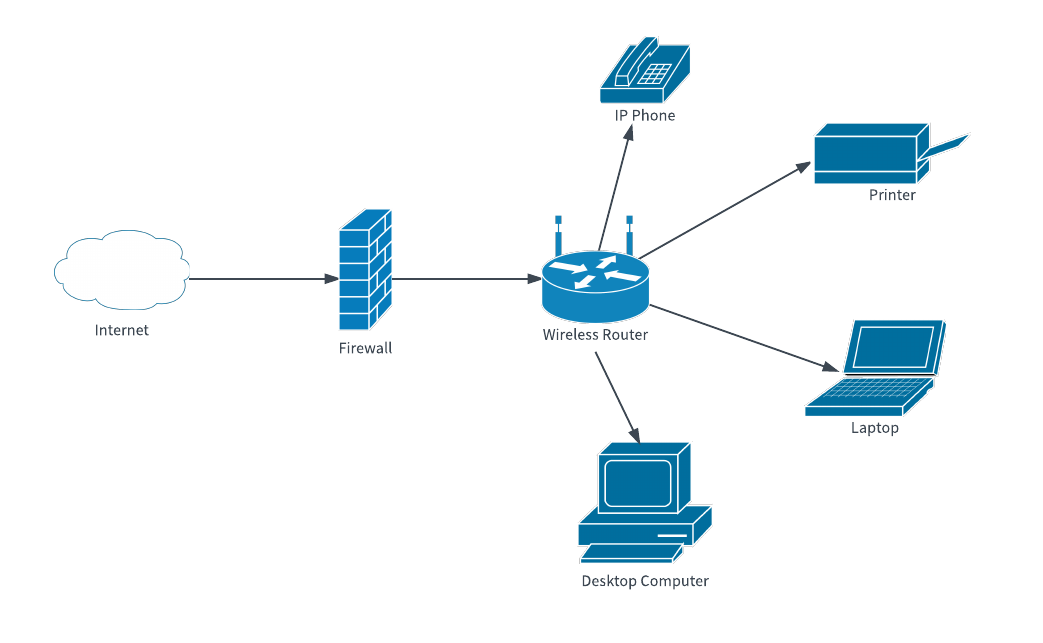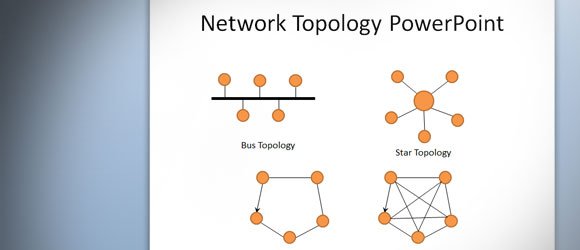

- Simplediagrams network shapes how to#
- Simplediagrams network shapes code#
- Simplediagrams network shapes professional#
- Simplediagrams network shapes free#
Moreover, we wanted to make sure that the content looks like you expect a modern instance of that shape to look (e.g. all the modern network management components in our server shapes). We wanted to make sure that our stencils have the shapes that reflect what you want to diagram today (e.g. This goal covered both visuals and which shapes are available to you. Fresh & Relevant: Visio’s content should look fresh and relevant. Timelessness was the most important, so we prioritized content that will still look great in ten years over content that will look amazing now and dated in three years.Ģ. We recognize there is a tension, as making something too modern can sacrifice timelessness. The goal was to create a timeless Visio style, by focusing on visuals that will look great now and look just as great in a decade.
Simplediagrams network shapes professional#
Great Looking Content: New content should be professional and modern. When we began designing new content for the new Visio 2013, we set the following three goals:ġ. Ultimately, when you combine the new Visio’s new features with new content, it’s easier than ever for you to produce professional and modern diagrams. This week, we’ll give you an overview of all of the changes we’ve made to Visio templates and shapes -what we call “content”.
Simplediagrams network shapes how to#
We previously told you how to create professional diagrams quickly with the new Visio, which gave you an overview of all the changes we’ve made and covered a few of the most highly requested features. While Visio is used for a wide variety of reasons-everything from organization charts, to timelines, to work flows and floor plans-the goal of being able to effectively communicate your information in a visual way rings true for everyone. So, unsurprisingly, one piece of feedback users continually told us was that they wanted to make professional and modern looking diagrams. Both of these scenarios require your diagram to look visually appealing. Didn’t click though.Visio users tend to do one of two things after creating their diagram -share it or present it to others. However I have seen pro-account link on the yUml page.
Simplediagrams network shapes free#
One thing to mention here is that the tool is free of charge so far.
Simplediagrams network shapes code#
If someone would like to create a heavy code documentation out of it - no. So hence, one conclusion for yUml is that it could be a perfect tool for creating small and quick documentation for our code. So I can imagine that creating more complex diagrams could be a pain. What I’ve found most disturbing was the fact, that referencing entities with additionals (colors, fields or others) doesn’t work if the entity isn’t placed with them every time it is referenced. Of course as to all tools, there are some compromises. From the diagram, it’s easy to see how the actors are structured in my application.

However class diagram served me good for the goal I was trying to achieve. Of course it’s not a class diagram per se, since Actor modelling in Akka is different than writing imperative code. *> - )Īfter playing a little bit with yUml, I’ve achieved a diagram which was currently matching the actor system architecture. So lets examine some easy class diagram: -> ++- 0. So obviously the class diagram suited me the most.

So far I only needed to create something which could demonstrate my actor architecture. So far with yUml everyone is able to create three types of diagrams: class, activity, use case. So let’s quickly evaluate the possibilities which are given by this tool. It allows creation of simple diagrams from plain text! For me it’s great, since I can simply write such diagram and put it into code repository. So while searching the depths of internet I’ve come across yUml. I didn’t want to use any sort of visual diagram generators, since I don’t like the drawback of being forced to maintain multiple file versions of created diagram or to export the jpg/png/svg file to include it into wiki. What I wanted to do next was to somehow document the architecture of the underlying actor model.

So, there I was, with a started project, with already some code committed. The project is based upon reactor and it’s aim is to allow distribution of transports and reactors across multiple nodes/JVMs. Since recently I’m a big fan of Scala and Akka there’s no secret I decided to start distractor using them. Lately I was starting yet another project for learning/fun purposes.


 0 kommentar(er)
0 kommentar(er)
